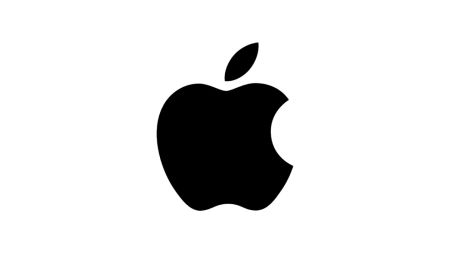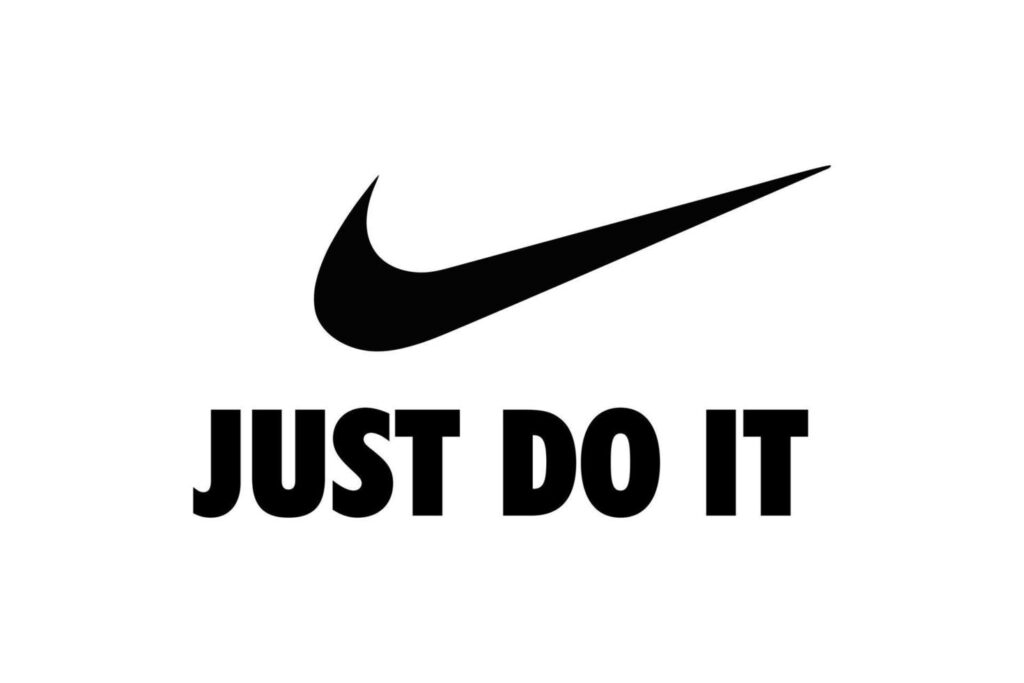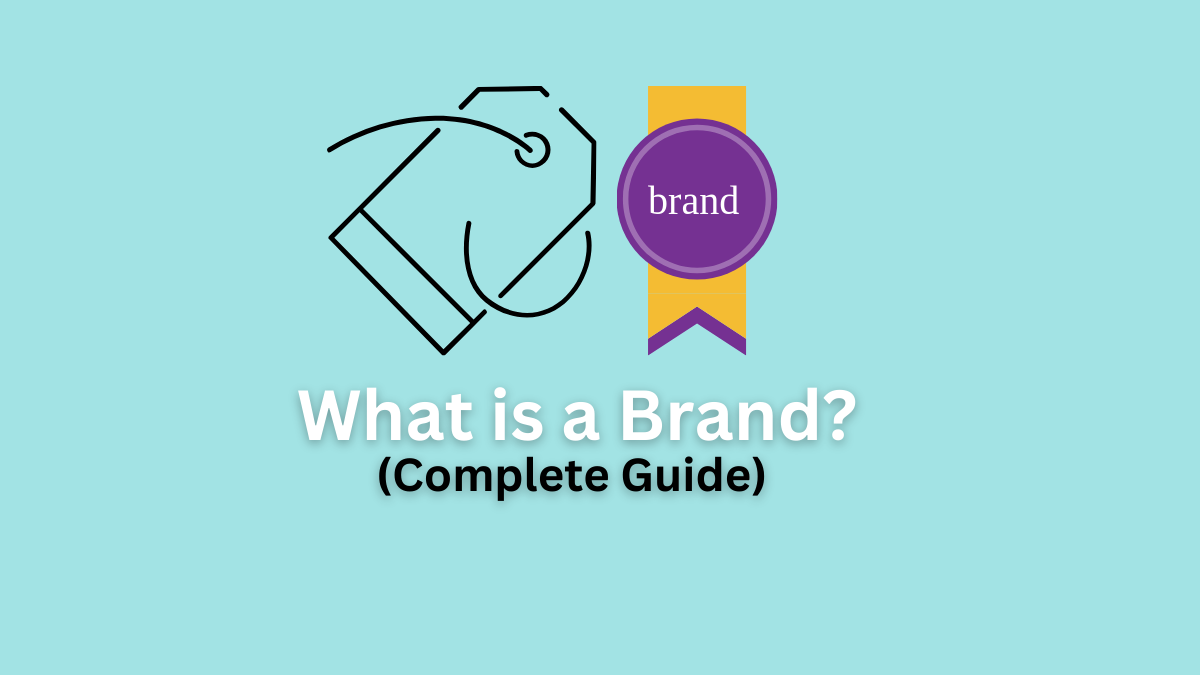What is a Brand?
A brand is more than just a name or logo; it embodies a company’s essence. It is the culmination of qualities both within and beyond a product or service that distinguishes it from others.
As per Philip Kotler’s definition, a brand is a name, term, symbol, or a blend of these that signifies the product’s creator or seller. In essence, a brand represents a product’s identity in the market. It serves to create a unique impression, instill trust, and convey distinctiveness.
This identity, like a living entity, has its own personality, culture, vision, and intelligence, all defined by the brand’s owner. It encompasses emotions, benefits, attributes, and more, making it not merely a label but a unique value perception in the eyes of people.
In today’s competitive marketplace, branding is essential as it distinguishes your business, communicates promises to customers, and creates a lasting impression.
Characteristics of a Brand
A brand is an invaluable asset every business aims to have has the following key characteristics:
Intangible Identity
Imagine a brand as the invisible magic that makes products special. It’s like the secret ingredient in a recipe that makes a dish unforgettable. Brands are intangible, yet they add flavor to everything they touch. Just like you can’t see the wind but feel its presence, you can’t see a brand, but you know it’s there, shaping your choices.
Dynamic Personality
Brands are like people with versatile personalities. They can be fun and playful one day and serious and responsible the next. Just as you adapt your behavior based on the situation, brands adjust their tone and style to connect with different audiences. This flexibility helps them stay relatable and engaging.
Read More: Decline Stage – Definition
Distinctive Aura
Picture a brand as a unique aura surrounding a product. It’s the vibe that sets it apart in a crowded room. Every brand has its special aura, like a personal scent that lingers in the air. It’s this distinctiveness that makes people turn their heads and take notice, even without consciously realizing it.
Endless Possibilities
Brands are like open books with infinite pages. There’s no limit to the stories they can tell or the experiences they can offer. Just as a book can transport you to different worlds, brands can create diverse experiences for customers. From thrilling adventures to heartwarming tales, the possibilities are boundless.
Heartfelt Connections
Think of a brand as a warm hug from a friend. It evokes emotions and creates a sense of belonging. Just like a friend who understands your feelings, a strong brand taps into your emotions, making you feel understood and valued. This emotional bond fosters loyalty and trust.
Read More: Maturity Stage – Definition
Highly Recognizable
Brands are like familiar faces in a crowd. You spot them instantly, even from a distance. Just as you recognize your loved ones by their smiles, brands have distinctive features that make them instantly recognizable. Whether it’s a logo, a color, or a jingle, these elements trigger immediate recognition, building a sense of familiarity and trust.
Consistent Image
Brands are like dependable friends who never let you down. They maintain a consistent character, just like your friend who’s always true to themselves. Consistency in branding builds trust. When a brand delivers a consistent experience every time, it becomes reliable, creating a strong foundation for long-lasting relationships.
History of Branding
Branding’s story is a journey through time. Long ago, crafters marked their goods with symbols, and merchants advertised in ancient Babylon. The term “branding” may have sizzled into use when ranchers seared symbols onto cattle. In the 19th century, product sellers sought to set themselves apart, marking the birth of modern branding.
Today, brands speak volumes. In 2022, Apple, Microsoft, and Amazon topped global brand charts. Branding isn’t just names and logos; it’s the soul of a product or company, and it’s ever-evolving, telling tales of value and trust through the ages.
Read More: Growth Stage – Definition
Types of Brands
While the definition of a brand is one – it has different types that have different roles and purposes for the business. Below are the 5 key types to mention:
Product Brands
Product brands are like superheroes with their own distinct powers. They represent a single product with unique logos and names, such as Coca-Cola or iPhone. These brands shout, “I’m the best at what I do!” Think of them as the stars of the show, stealing the spotlight.
Service Brands
Service brands are like trusted sidekicks. They don’t have physical forms but provide essential services. FedEx and Uber are service brands. They silently help you get things done, making life easier behind the scenes.
Corporate Brands
Corporate brands are like wise mentors overseeing a group of products or services. Google is a corporate brand guiding Google Search, YouTube, and more. They’re the ones making sure everything’s in order, setting the rules.
Read More: Product Life Cycle (PLC)
Personal Brands
Personal brands are like your best friend who’s famous on social media. They’re not companies but individuals, like influencers or celebrities. They share their lives and opinions, and their followers love them for being themselves.
Luxury Brands
Luxury brands are the kings and queens of the brand kingdom. Rolex and Louis Vuitton are part of this royal family. They’re known for their exquisite quality and high prices. Owning their products is like having a piece of royalty in your life.
Elements of a Brand
A brand is made up of different key elements which together make it a unique identity.
- Brand Name: This is the heart of your brand, the name that sets you apart from others. It’s what people call you.
- Logo: Think of it as your visual signature. It’s a symbol or design that instantly reminds people of your brand.
- Slogan/Tagline: This is a short, catchy phrase that sums up your brand’s essence. Like Nike’s “Just Do It.”
- Color Palette: Colors evoke emotions and recognition. Your chosen colors create a visual identity.
- Typography: The fonts you use for your brand’s text give it a unique personality.
- Visual Style: This encompasses the overall look and feel of your brand, including imagery and design elements.
- Voice/Tone: It’s how your brand “speaks” to your audience, which helps convey its personality and values.
- Mission and Values: Your brand’s purpose and beliefs define why you exist and what you stand for.
- Target Audience: Knowing your ideal customers helps you tailor your brand to resonate with them.
- Brand Story: This is your history, what inspired your brand, and the journey you’ve been on.
- Brand Promise: It’s the commitment you make to your customers, ensuring they know what to expect.
- Brand Experience: Every interaction with your brand, from website to customer service, contributes to the overall experience.
- Brand Equity: This is the perceived value of your brand. It’s how well your brand is recognized and trusted in the market.
Read More: STP in Marketing – Definition, Steps
Importance of Brand
Below are a few reasons why developing a brand is important:
- Recognition: Just like you recognize friends by their faces, a brand helps customers recognize your product or service in a sea of options. It’s like your brand’s unique face in the crowd.
- Trust: Imagine a trustworthy friend. Brands work the same way. A strong brand tells customers they can trust your product, service, or company. It’s like the trusty friend you turn to for advice.
- Differentiation: Think of a brand as a unique fingerprint. It sets you apart from others. It shows why you’re different and why that’s a good thing.
- Consistency: A reliable brand is like a dependable friend. It delivers the same experience each time, so customers know what to expect.
- Loyalty: Just as strong bonds form with close friends, a strong brand creates loyal customers who come back again and again. They stick with what they know and trust.
- Value: A brand isn’t just a name; it’s an asset. It adds value to your product or service. It’s like turning an ordinary item into a cherished collectible.
- Marketing: Branding makes marketing easier. It’s like having a memorable face that stands out in a crowd, so people remember and choose you.
- Emotion: Good brands stir up feelings. Just like a heartfelt letter from a friend, a brand can evoke emotions, creating a deeper connection with customers.
Creating a Brand
How to create a brand? Creating a strong brand is essential for businesses to thrive in the competitive marketplace. Let’s explore six effective tips to build a robust brand by connecting them to real-world business scenarios:
Know Your Audience Like a Best Friend
Scenario: Imagine you run a small, local coffee shop. You notice a surge in young professionals looking for a quiet place to work. By recognizing this trend, you transform your coffee shop into a cozy co-working space during the day. This understanding of your audience’s needs is like knowing a best friend’s preferences.
Explanation: Understanding your target audience is crucial. Just as you tailor your conversations and activities to suit a friend’s interests, customize your brand to cater to your customer’s desires. Get to know their pain points, aspirations, and behaviors. This will guide your branding efforts to create a deeper connection.
Read More: Positioning in Marketing
Tell a Captivating Story
Scenario: Think about a successful outdoor apparel brand. They don’t just sell jackets; they sell the idea of adventure. They craft stories of explorers and mountaineers wearing their products. Customers are drawn to these narratives, feeling like they’re part of a thrilling journey.
Explanation: Your brand should be a captivating story that customers want to be a part of. Just as people love stories that transport them to different worlds, customers are attracted to brands with compelling narratives. Craft a story that resonates with your audience’s values and aspirations, and your brand will become an exciting adventure they can’t resist.
Consistency is Key
Scenario: Imagine a world-renowned fast-food chain. No matter where you go, you can expect the same taste, quality, and experience. This consistency is their brand’s hallmark.
Explanation: Consistency is vital for a strong brand. Just as customers expect the same taste from their favorite fast food wherever they are, your audience should know what to expect from your brand. Consistency in your messaging, design, and customer experience builds trust and reliability.
Create a Memorable Visual Identity
Scenario: Think of a tech giant’s logo – it’s simple, sleek, and instantly recognizable. When you see it, you know you’re interacting with a cutting-edge product.
Explanation: Your brand’s visual identity is like your face in the business world. Just as a distinctive logo sets a tech company apart, your logo, colors, and design should be memorable and reflective of your brand’s personality. Customers should recognize you at a glance.
Embrace Feedback and Adapt
Scenario: Consider an e-commerce store that actively listens to customer feedback. They notice a common request for faster shipping. In response, they optimize their delivery process, leading to higher customer satisfaction.
Read More: Target Market – Definition, Steps
Explanation: Feedback is invaluable for brand growth. Just as individuals benefit from listening to constructive criticism, your brand should embrace feedback to evolve. Adapt to changing customer needs, and your brand will stay relevant and appealing.
Stay True to Your Values
Scenario: Think about a popular organic food brand. They’ve built a reputation for ethical sourcing and sustainability. Even as they grow, they stay committed to their core values, attracting like-minded customers
Explanation: Your brand’s values are its compass. Just as individuals uphold their principles, your brand should stay true to its core values. This authenticity will resonate with customers who share those values, creating a loyal following.
Examples of Brands
Let’s explore some real-world brand examples:
Apple:

Apple’s brand is all about innovation and a seamless blend of technology and design. They’ve created a strong emotional connection with their customers, who eagerly anticipate each new product release, showcasing the power of brand loyalty.
Coca-Cola

Coca-Cola is more than a beverage; it’s an iconic symbol of happiness. The brand has mastered the art of associating positive emotions with its product. They’ve even introduced personalized Coke bottles, strengthening their connection with consumers.
Disney
Disney has built a brand around the magical world of storytelling. They excel in creating enchanting experiences for all ages. Their ability to connect generations through timeless characters and stories is remarkable.
Tesla
Tesla’s brand is at the forefront of innovation in the automotive industry. They’ve redefined the perception of electric cars, making sustainability and cutting-edge technology a core part of their brand identity. Tesla is associated with the future of transportation.
Nike

Nike is synonymous with empowerment and motivation. They’ve transformed their brand into a symbol of athleticism and determination. The “Just Do It” slogan has become a rallying cry for those striving for excellence.
Read More: Organizational Market Segmentation
What is Branding?
Branding is like giving your business a personality. It’s the art of creating a unique image, a vibe that customers recognize and trust. It’s not just about logos and names; it’s about the feelings and stories that set you apart and make you memorable.
Brand Vs. Branding
Although used and understood the same, brand and branding have some differences. Below are two differences to mention:
The brand is like the soul of a business – it’s what you stand for, your reputation, your identity. Whereas, Branding is the action, the process of building and promoting that soul – creating logos, messages, and strategies to convey your brand’s essence.
The brand is all about perception and customer experience. It’s how people see and feel about your business. Whereas, branding is the practical side of things. It’s the work you put into design, marketing, and communication to shape and manage that perception.
Read Next: Market Segmentation – Definition, Types
Frequently Asked Questions (FAQs)
What exactly is a brand?
A brand is more than a name or logo; it’s the identity of a company or product. It embodies qualities, values, and the essence that sets it apart.
How do I create a strong brand?
Building a strong brand involves understanding your audience, telling a compelling story, maintaining consistency, creating a memorable visual identity, embracing feedback, and staying true to your values.
Why is branding important for my business?
Branding is vital because it helps your business stand out, build trust, convey its unique identity, and create lasting impressions. It also fosters recognition, loyalty, and value.
What are the different types of brands?
There are various brand types, including product brands (representing single products), service brands (providing essential services), corporate brands (overseeing multiple products/services), personal brands (individuals), and luxury brands (known for quality and high prices).
What are the key elements of a brand?
A brand comprises essential elements like the brand name, logo, slogan/tagline, color palette, typography, visual style, voice/tone, mission/values, target audience, brand story, brand promise, brand experience, and brand equity.
Arti Kushmi holds a BBS (Bachelor in Business Studies) degree and shares her business and marketing knowledge through this website. While not writing she will be reading and enjoying the moment.
